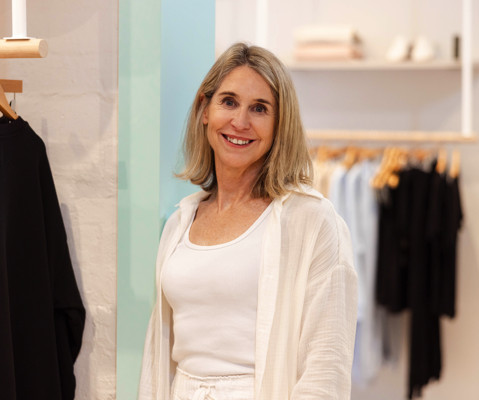Squad shopping and self-improvement: Five consumer trends to watch in 2023
Inside Retail
JANUARY 19, 2023
Recent years have seen rapidly evolving changes in all areas of consumer behaviour and there is little doubt it will continue in terms of the products and services that people want, who they want them from, and where and when they want to access them.













Let's personalize your content